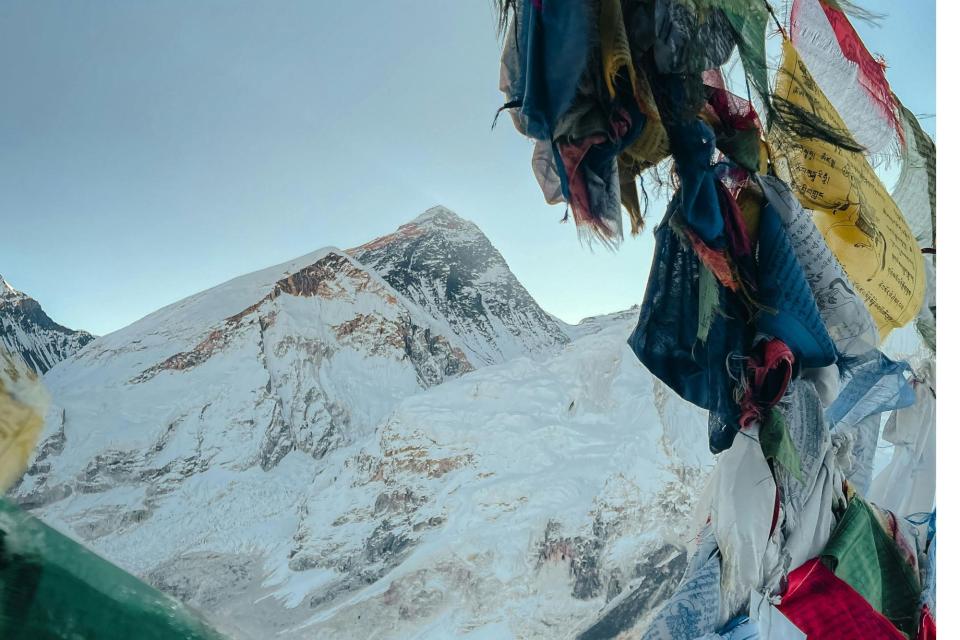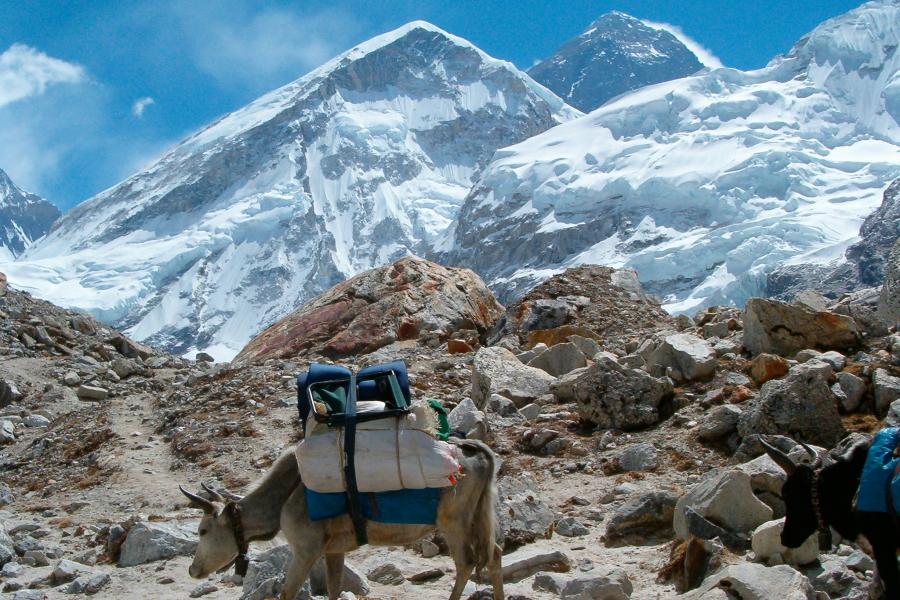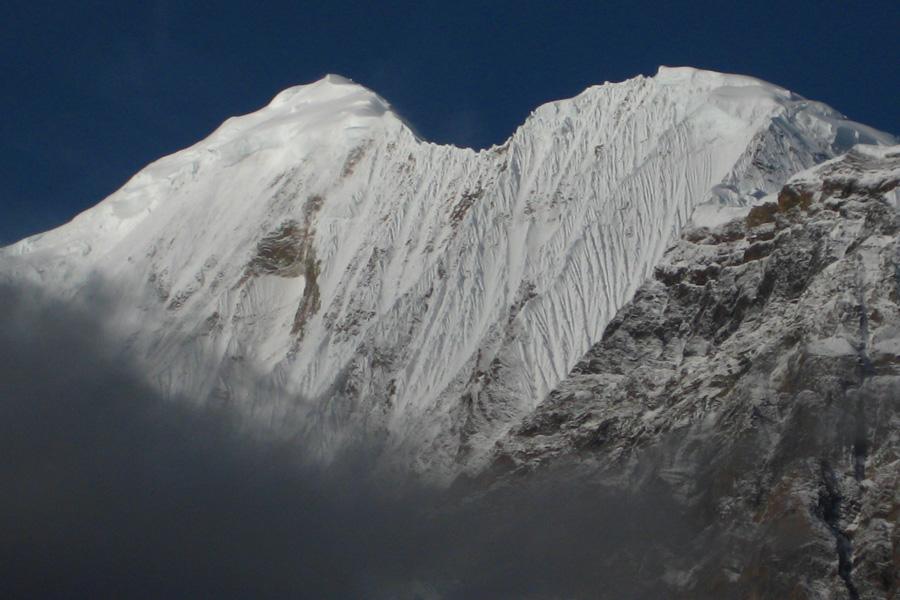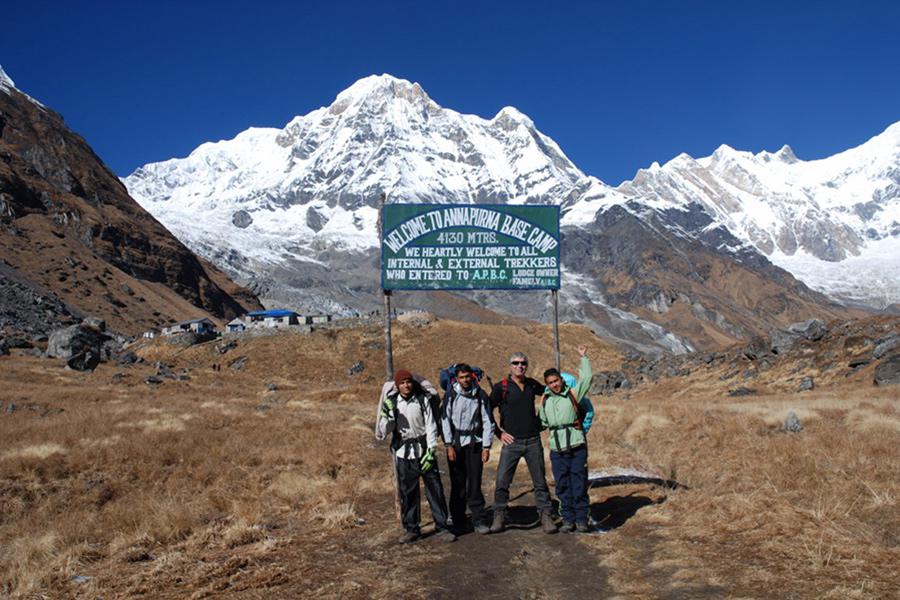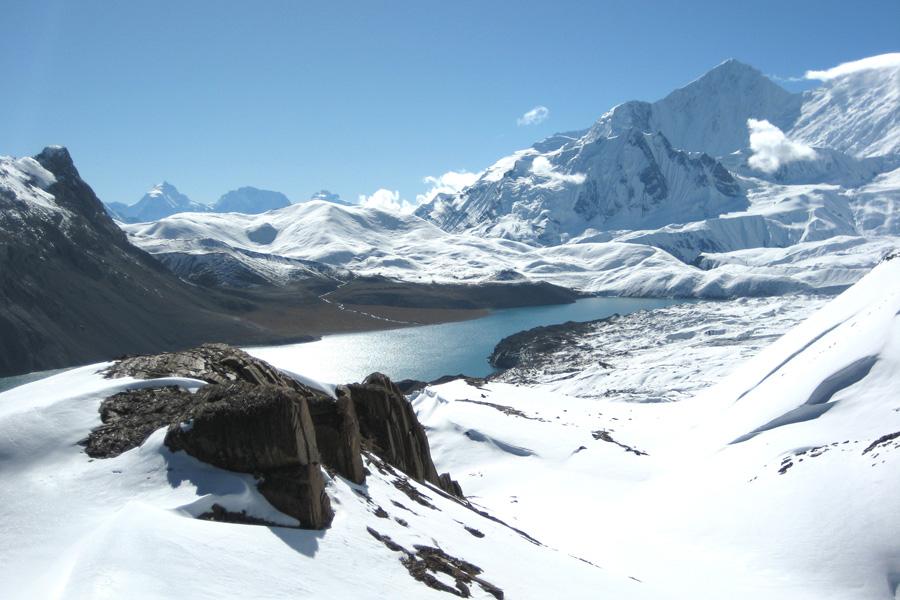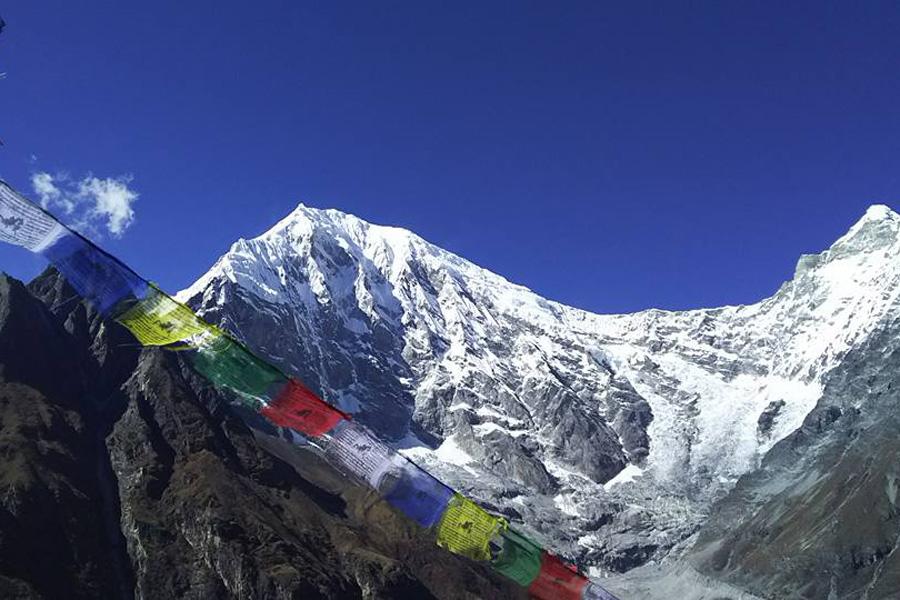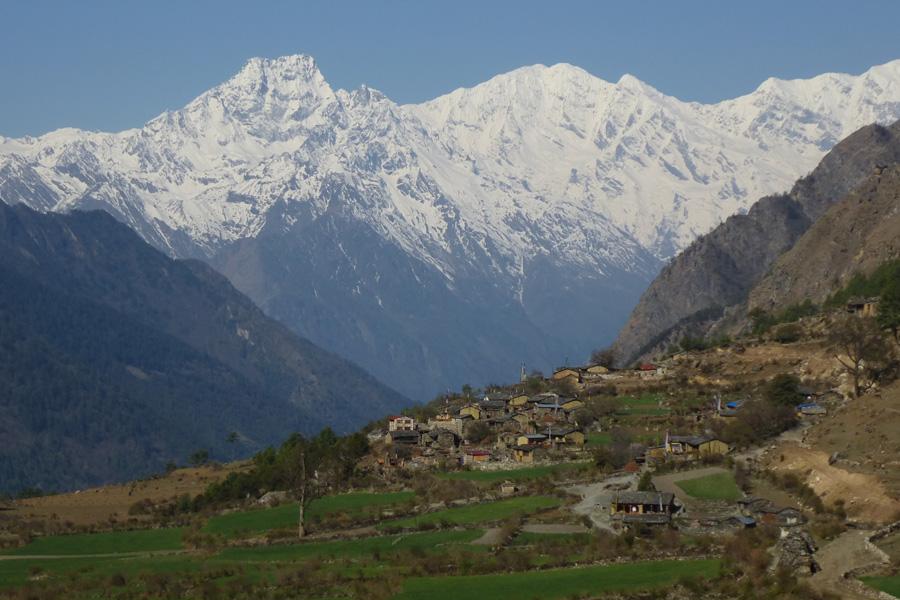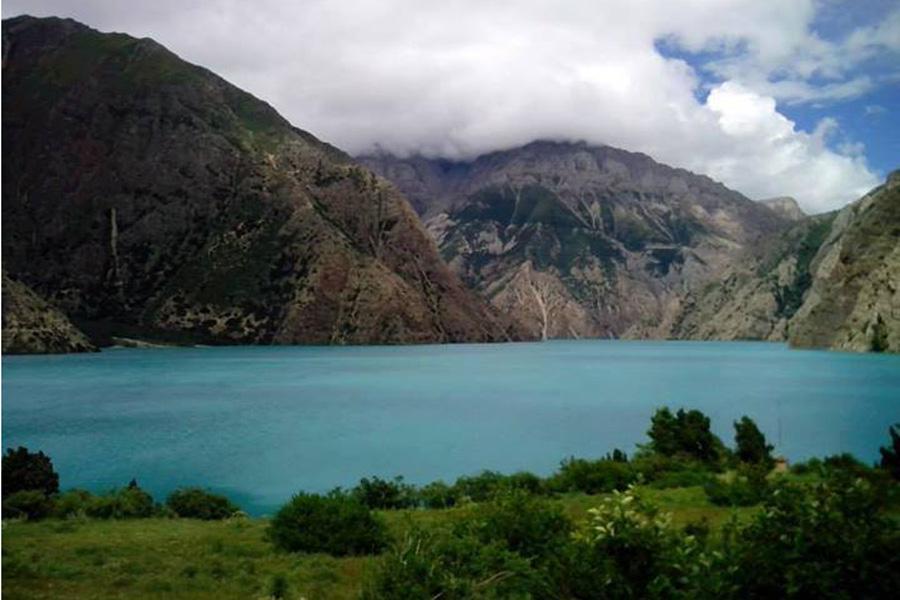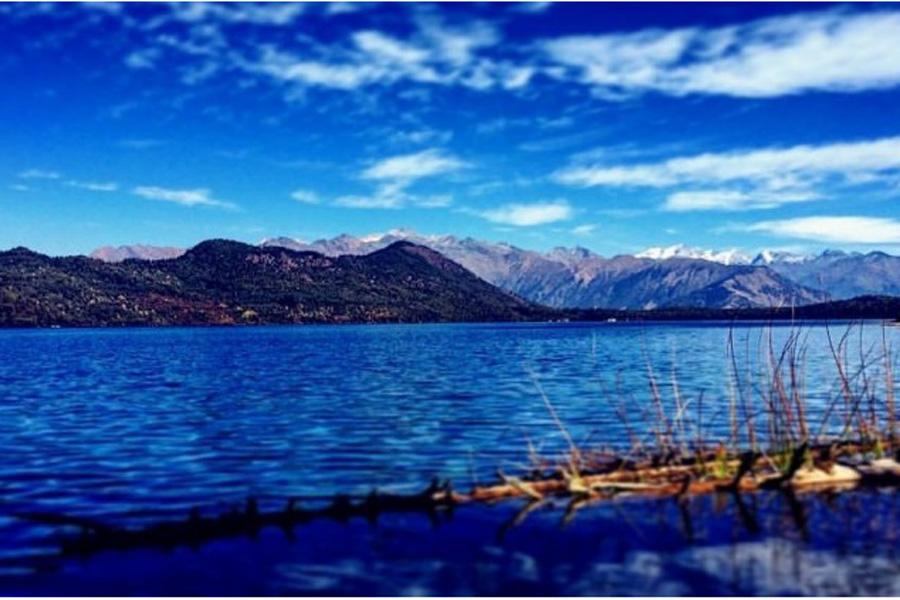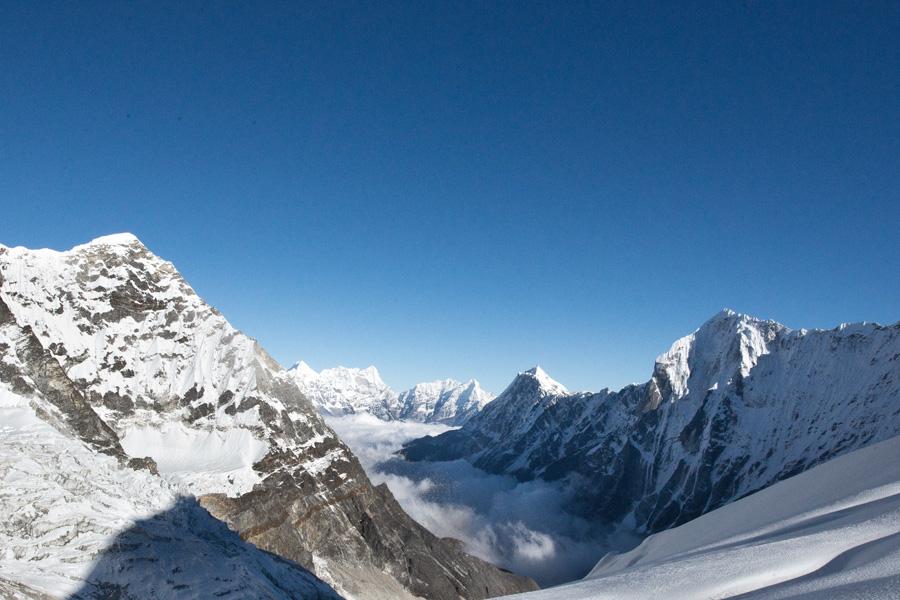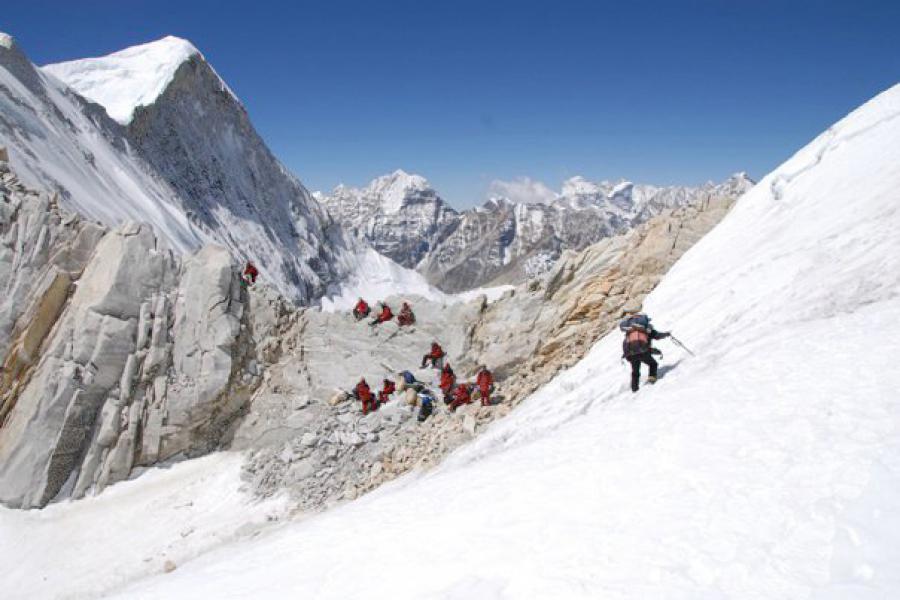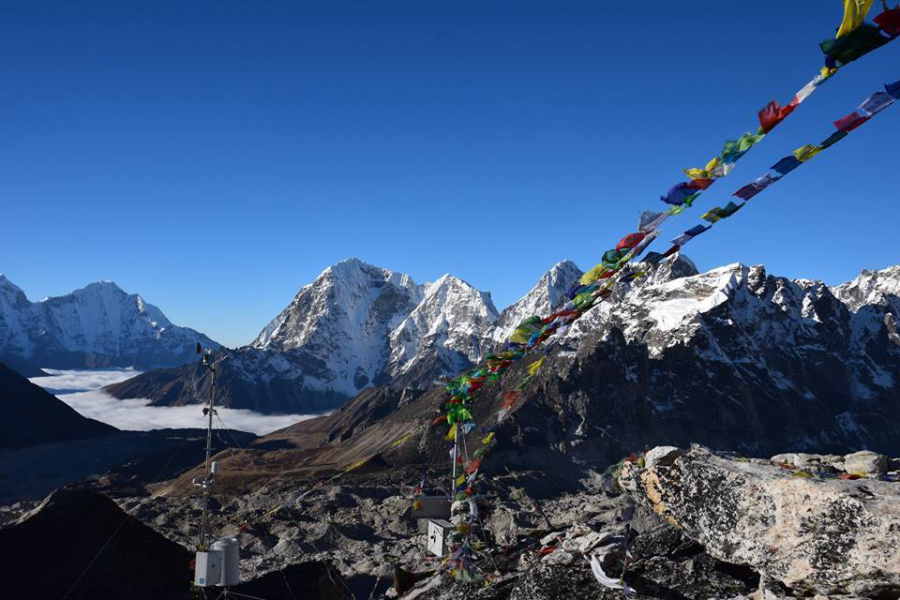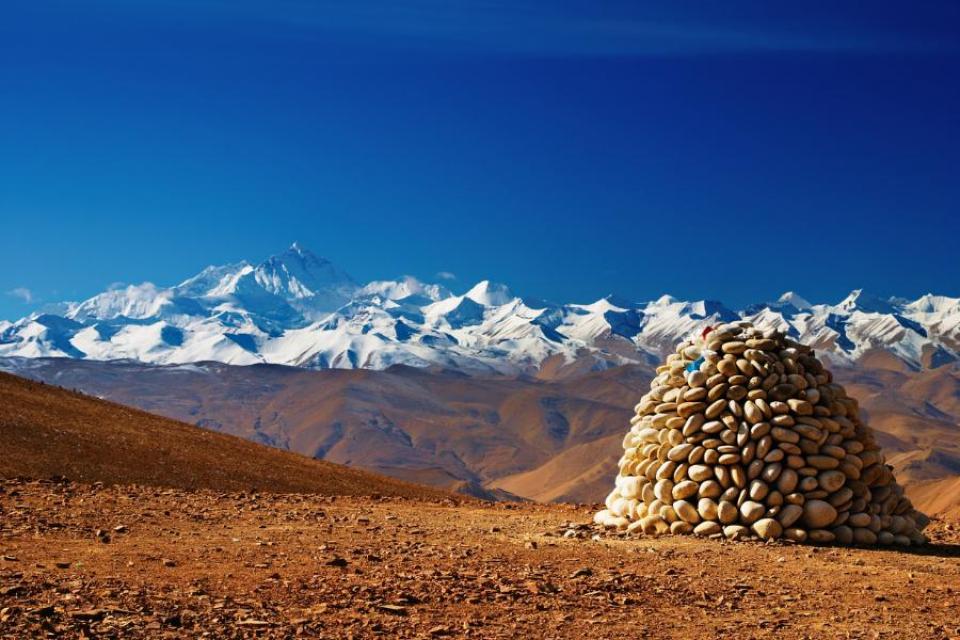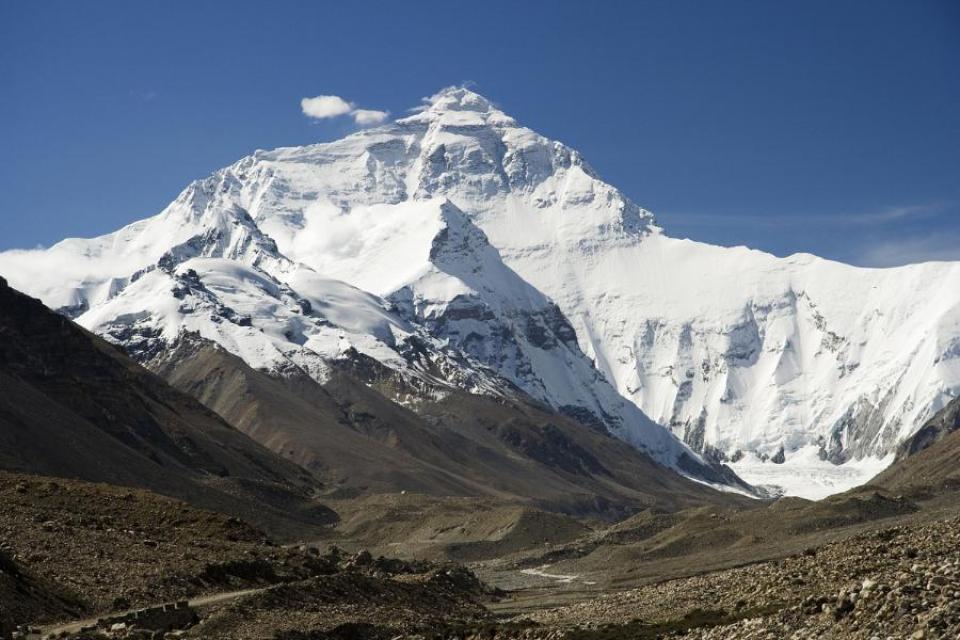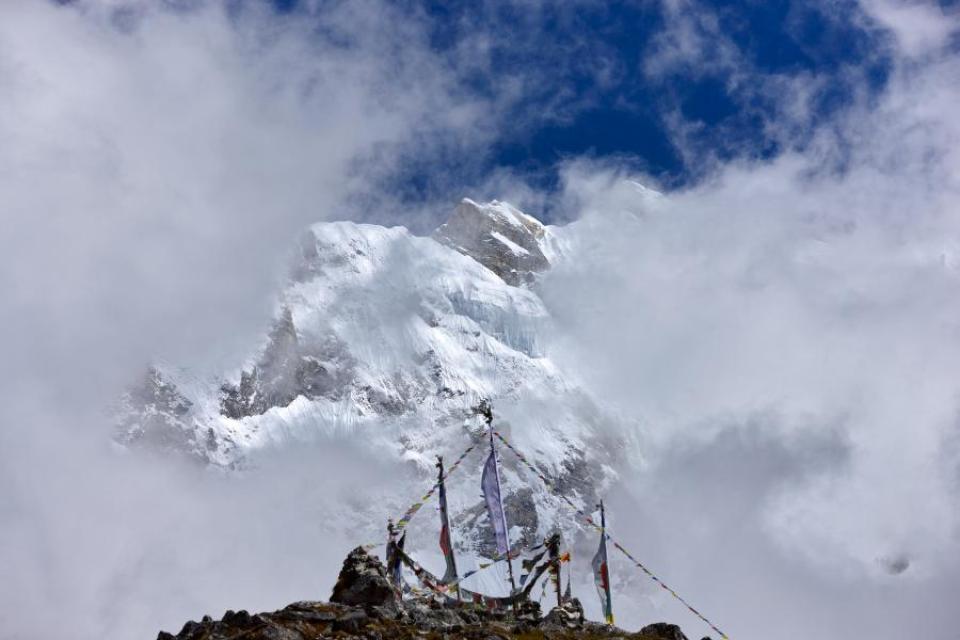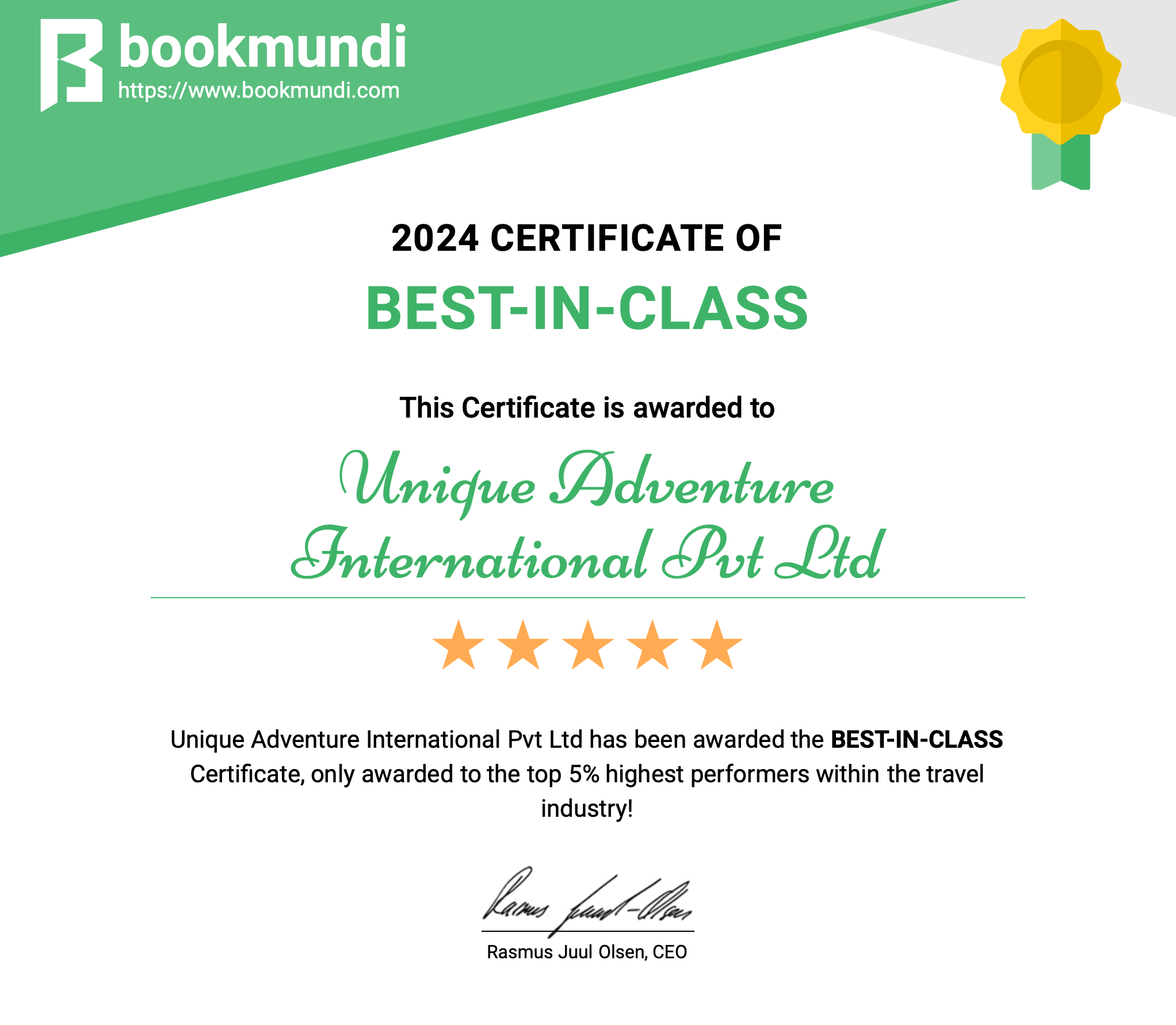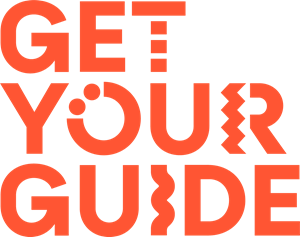Overview
Nepal is a country with the highest mountains above 8000 meters. The world's highest peak is also located in Nepal, Mount Everest. Hence, thousands of trekkers come to Nepal for a great trekking experience. However, most trekkers are unaware of the risks caused during high-altitude treks. This article tells you how to prepare for trekking at high altitudes.
Training for a high-altitude trek in Nepal is crucial to ensure your safety, enjoyment, and success on the trail. High-altitude trekking typically above 2,400 meters where the air is thinner and oxygen levels are lower. This makes it more challenging than regular trekking. The reduced oxygen in the air can lead to altitude sickness that requires extra time for acclimatization. The trails are often rugged with steep slopes, rocky paths and unpredictable weather. The physical demands are higher and trekkers need to be well-prepared in order to handle the altitude and tough conditions. The higher you climb, the more serious the risks become.
Altitude sickness can happen to anyone, no matter their age or fitness level. It happens because the body struggles to adjust to lower oxygen at high altitudes. If someone has had altitude sickness before, they might have a lower chance of getting it again. This is because their bodies have adapted to the lack of oxygen.
Everyone should know how to prepare for trekking at high altitudes before starting their adventure in high altitudes because safety comes first. Proper preparation can help prevent altitude sickness, injuries, and other health risks that make a successful and enjoyable trek.
How to Prepare for High Altitude Trek
Preparing for a high-altitude trek takes time, effort, and careful planning. Follow these preparation tips for trekking in high altitude so that you can stay healthy, acclimatize, and handle the physical challenges effectively.
Choosing the Right Trekking Route
Choose the right trekking route that suits your comfort level. It helps you stay safe, avoid unnecessary strain, and enjoy the journey. A route that matches your experience and fitness makes the trek easier and more fun. By picking the right path, you can handle challenges better and stay energized throughout the trek.
Physical Preparation for High-Altitude Trek
To prepare for trekking in high-altitude, the following steps are important:
- Build stamina with cardio exercises like running, cycling, or swimming to improve your heart and lung capacity.
- Strengthen your legs with squats, lunges, and stair climbing to handle steep climbs.
- Practice hiking with a loaded backpack to get used to carrying weight.
- Go on hikes at increasing elevations to help your body adjust and simulate trekking conditions.
- Train at higher elevations to adjust to lower oxygen levels if possible.
Acclimatization Techniques
- Climb slowly to give your body time to get used to the higher altitude.
- Take breaks at higher altitudes to help your body adjust better.
- Sleep at a lower altitude than where you hiked to during the day.
- Walk slowly and steadily to avoid tiring yourself out.
- Be aware of altitude sickness signs and keep track of how you feel.
Altitude Sickness: What to Watch Out For
- Headache - A common early sign of altitude sickness.
- Nausea - Feeling sick or vomiting.
- Dizziness - Lightheaded or unsteady on your feet.
- Shortness of breath - Difficulty breathing even at rest.
- Sleeplessness - Trouble sleeping at night.
- Swelling - Puffy face, hands, or feet.
- Fatigue - Feeling unusually tired or weak.
- Rapid heartbeat - Faster than normal heart rate.
Staying Hydrated
Hydration during high-altitude trek helps your body adjust to the thin air. It keeps your energy levels up and prevents headaches and dizziness. When you drink enough water, your body can process oxygen more efficiently. It also helps avoid altitude sickness and keeps you feeling better overall during the trek. Proper hydration supports your muscles and joints, making the journey easier.
Nutrition for Trekking
You need good nutrition for high-altitude trekking. Energy-giving foods like chocolate bars and energy bars help keep your energy up. These foods are for high altitude trekking, where energy levels drop due to rough terrain. Eat hearty dinner meals as much as you can, so you don't run out of energy while trekking. Proper meals and snacks help you stay strong and continue trekking without feeling too tired.
Packing the Right Gear
Packing the right gear is important for a high-altitude trek. The trekking gear for high altitudes includes warm clothes, a good sleeping bag, and a strong backpack. Carry medicine for altitude sickness prevention and a first aid kit for emergencies. Take a water purifier, sun protection, and headlamp. Energy snacks like chocolate and energy bars are also helpful. The right gear helps you stay safe and comfortable in tough conditions. It keeps you warm, protects you from sunlight, and helps you prevent altitude sickness. With the proper gear, you’re well-prepared to handle the challenges of high-altitude trekking.
Proper Rest and Sleep
Proper rest and sleep are necessary to keep your body from the effects of high altitudes. They help your body adjust and keep you feeling energetic. Rest also supports acclimatization which makes it easier to breathe and perform better. You must have enough rest and sleep to stay strong and trek effectively at high altitudes.
Mental Preparation
Be mentally prepared for high-altitude trekking, where unpredictable weather and uncertainty can arise at any time. Always expect unexpected challenges, like sudden weather changes or tough conditions. Stay calm and don’t panic if something goes wrong. Keep emergency numbers with you, so you can get help if needed. Being prepared and staying calm will help you handle any situation that comes up.
Weather and Season Recommendations for Trekking at High Altitudes
Spring and autumn are the best seasons for high-altitude trekking in Nepal. In spring, the weather is warmer which reduces the chances of altitude sickness. The same goes with the autumn with cooler but comfortable temperatures. These conditions help trekkers avoid physical problems and make it easier to complete the trek successfully. Both seasons offer the best balance of weather and safety for a great trekking experience.
Avoid trekking in high elevations during summer and winter because the weather can be extremely cold or very hot. Winter brings heavy snow and freezing temperatures, while summer can cause intense heat and heavy rain. These harsh conditions make trekking difficult and dangerous. So it's best to choose spring or autumn for a safer and more enjoyable experience.
Safety Tips for High-Altitude Trekking
Follow the high-altitude trekking tips for your comfort and enjoyable adventure:
- Stay hydrated by drinking plenty of water.
- Eat high-energy foods to maintain strength.
- Avoid alcohol and smoking at high-altitudes.
- Trek with a guide or group for more safety.
- Monitor symptoms of altitude sickness and descend if necessary.
- Climb slowly to prevent overexertion.
- Carry a first aid kit with essentials for emergencies.
How to Deal with Unpredictable Weather Conditions in Nepal
- Check the weather forecast before starting your trek.
- Carry rain gear to stay dry in case of rain.
- Wear layers to stay warm and adjust to changing temperatures.
- Protect yourself from the sun with sunscreen, hats and sunglasses.
- Stay flexible and be ready to change plans if the weather turns bad.
- Seek shelter if conditions become dangerous or extreme.
- Stay hydrated and nourished to keep your energy up in any weather.
What to Do in Case of an Emergency
- Stay calm and assess the situation.
- Call emergency services using the numbers you’ve saved.
- Provide first aid if you’re trained and it’s safe to do so.
- Move to a safe location if possible.
- Signal for help using whistle, flashlight, or other visible signals.
- Follow emergency protocols for altitude sickness, injury, or severe weather.
Conclusion
Finally, always know how to prepare for trekking at high altitudes before you start your journey. It will help you plan carefully, manage physical strain, and build mental strength. You’ll be able to handle the altitude and rugged terrain with proper preparation. Make sure you have the right gear and give yourself time to acclimatize. By taking the time to prepare well, you’ll feel more confident and capable during your trek. The effort you put into getting ready will make your high-altitude adventure more rewarding. So take the necessary steps now, and you’ll be perfect to face the adventure ahead!
Author: Pranesh Maharjan
Date: 12th December, 2024
Related Trip




